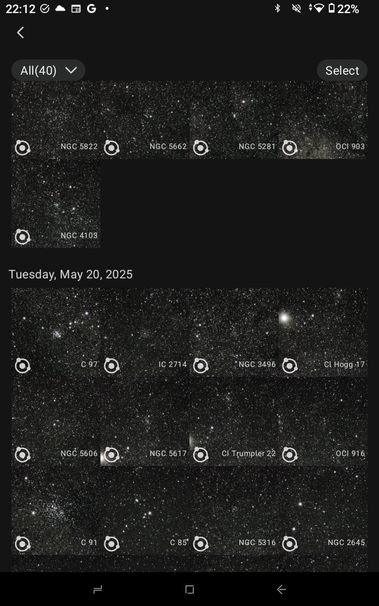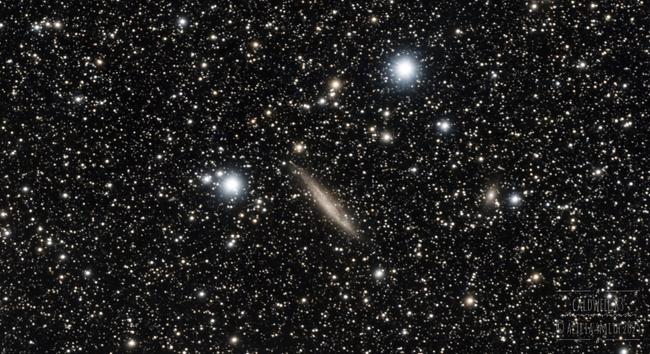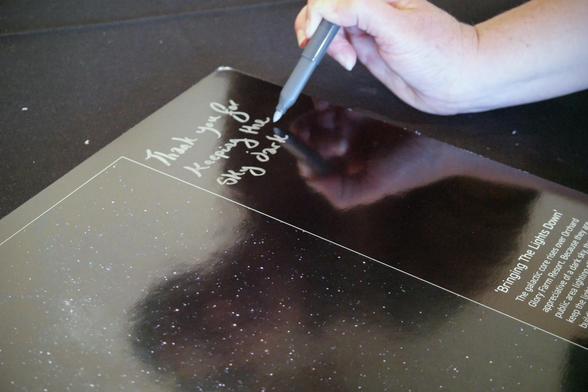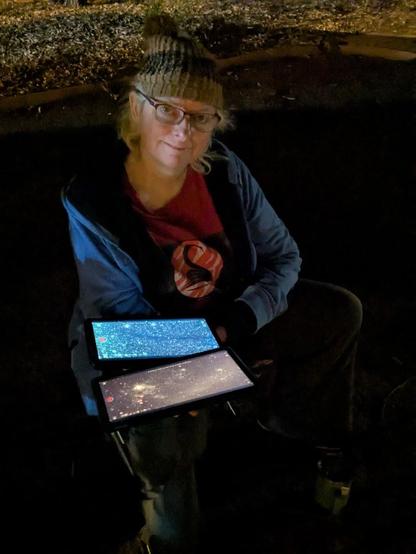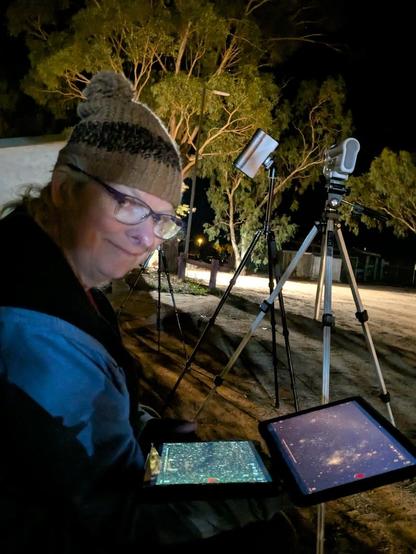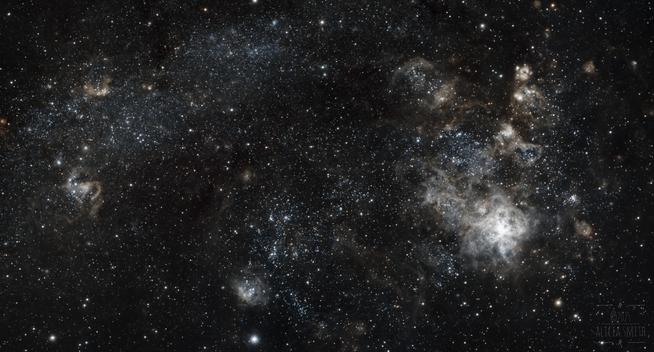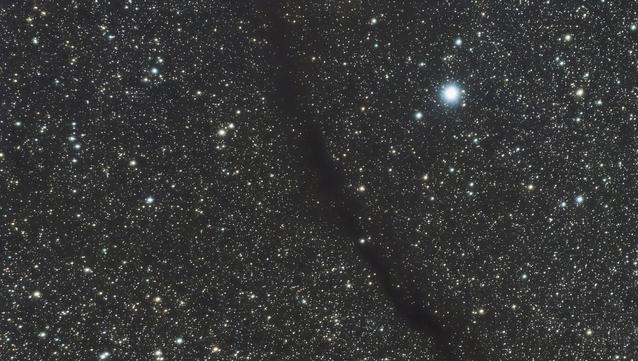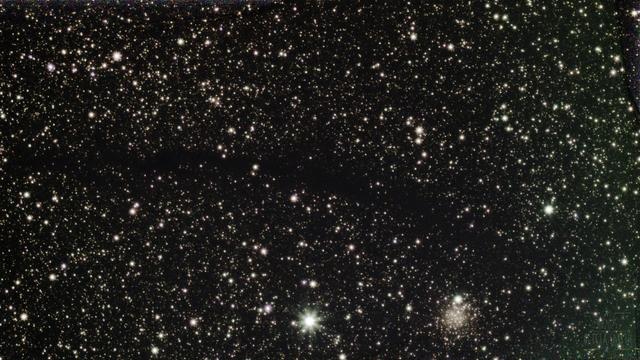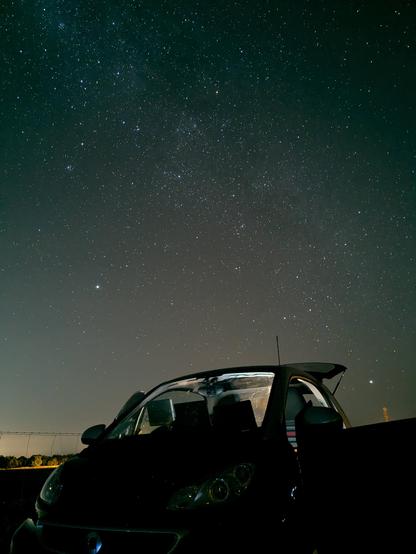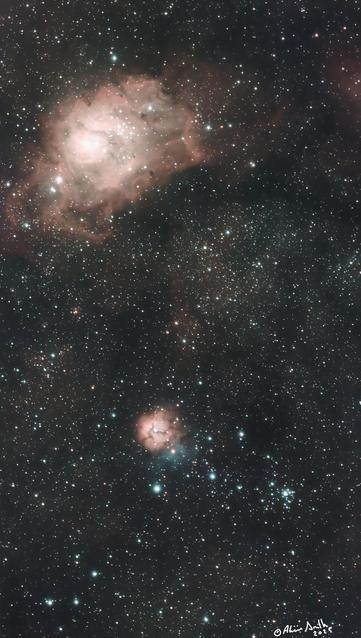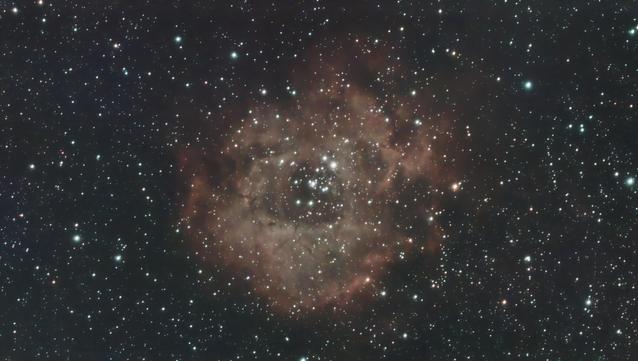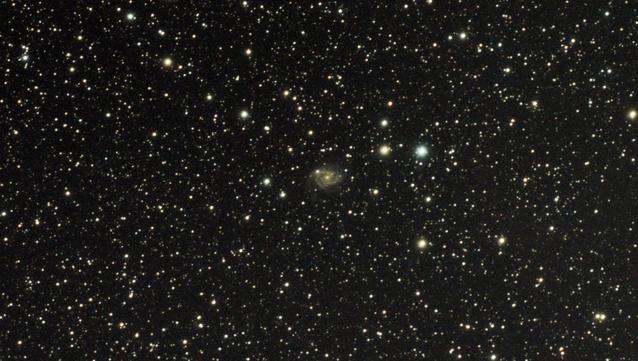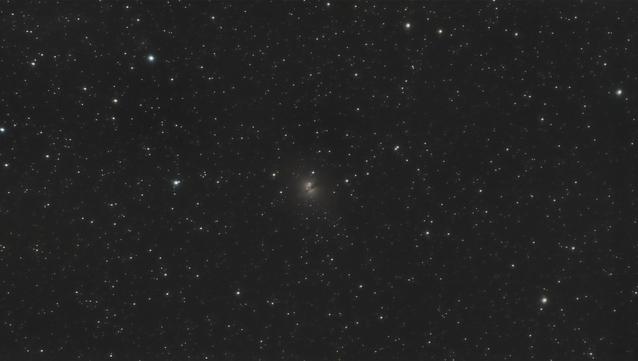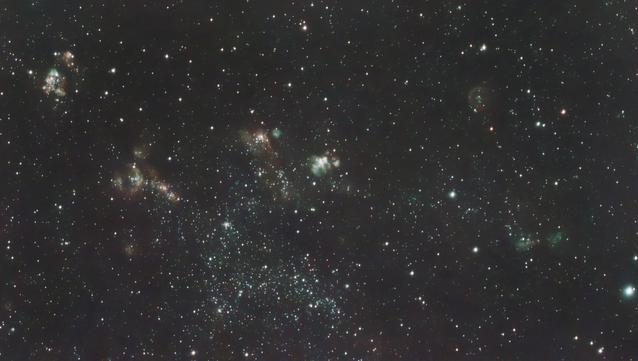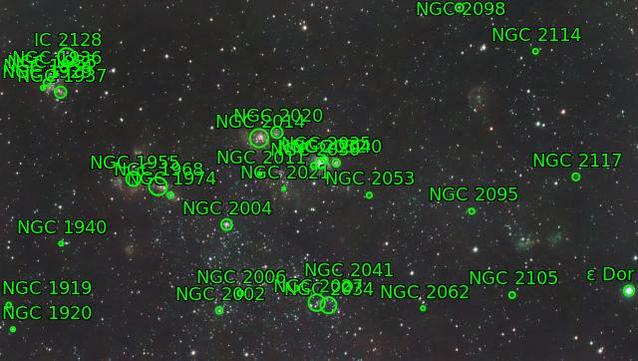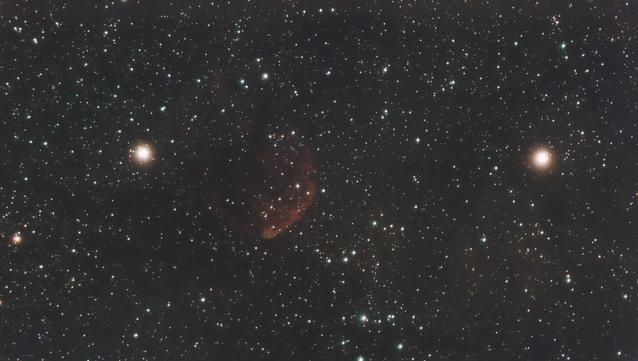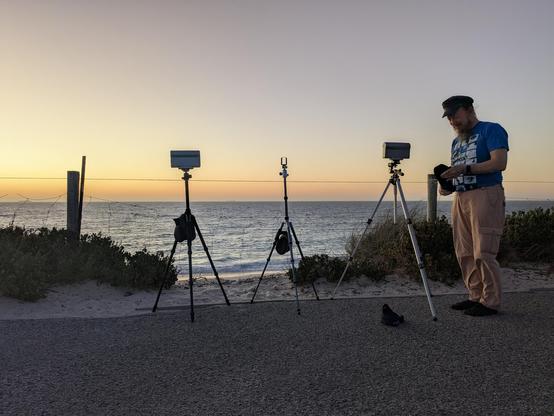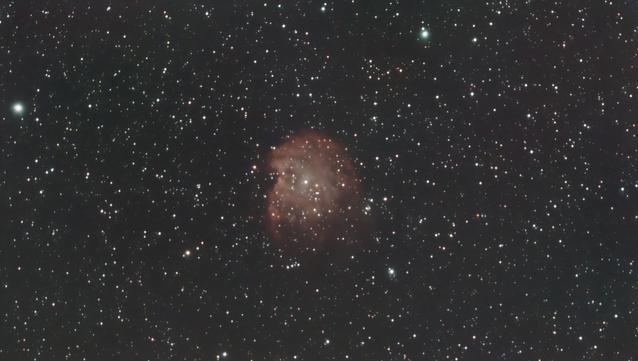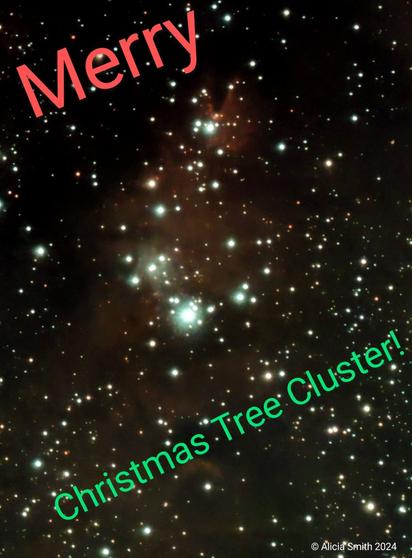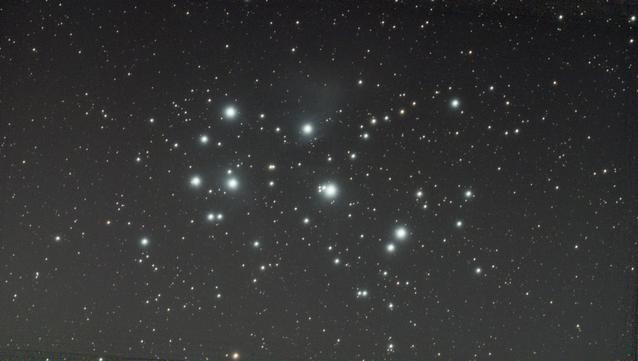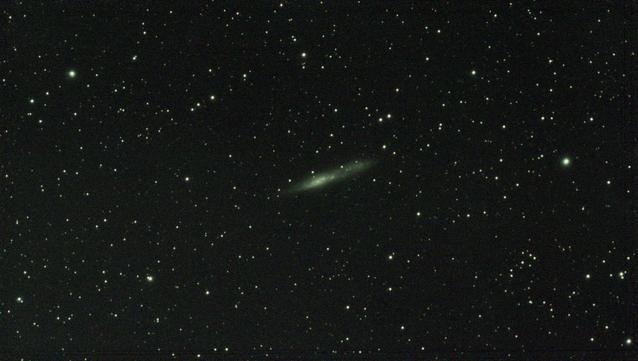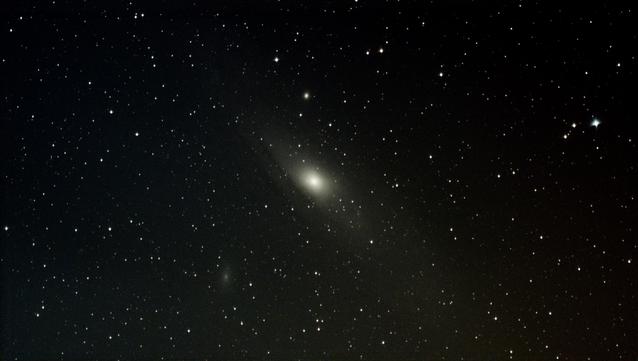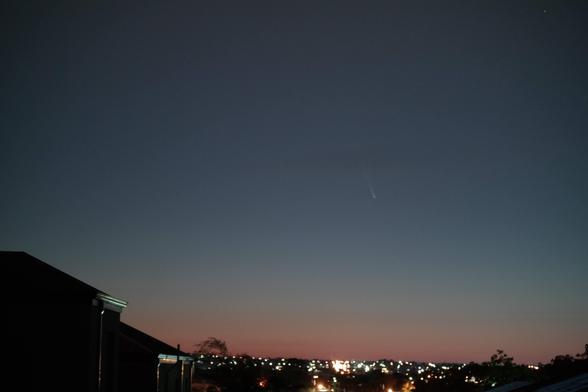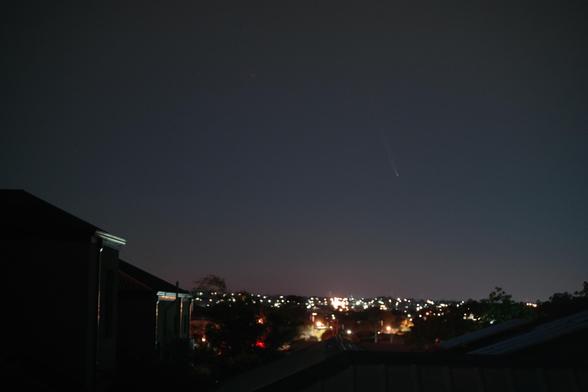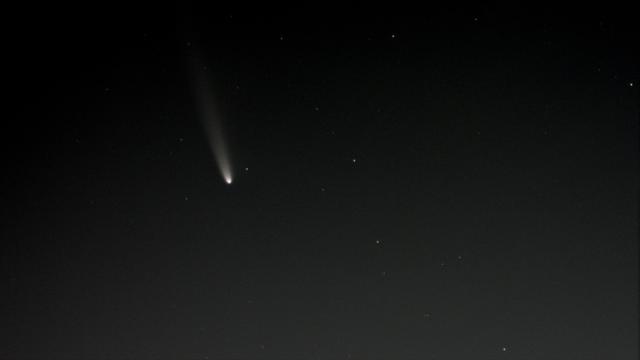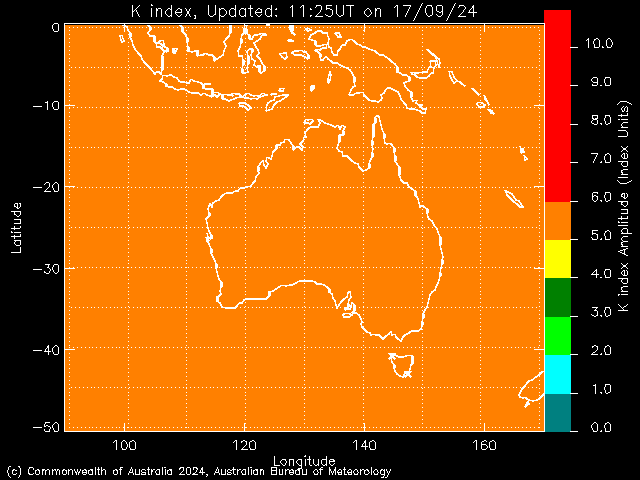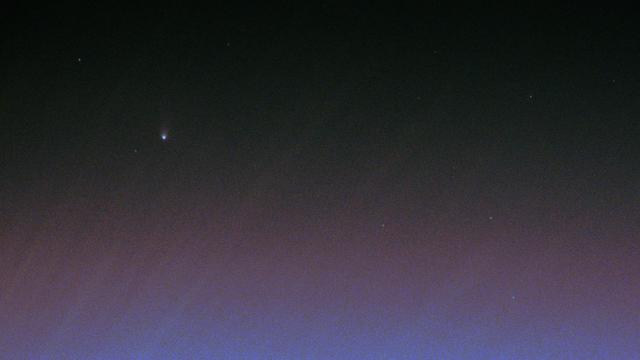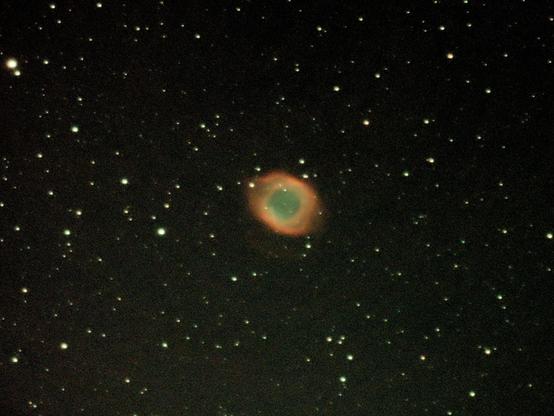Hello everybody and I hope you’ve been getting some clear skies for your telescoping if you’re into it. If you’re not into it, that’s cool, this may not be of interest to you.
It’s clagged over for me, but before it did, I was very busy with the sky indeed. Let me take you on a journey - the journey of the Leece’s ClusterFudge.
People who are familiar with my astronomy writings may remember that once I had a telescope of the smart persuasion I found I liked hunting Nebulae.
I thought they were beautiful and cool and interesting, and really gave one the impression of 3 dimensionality in the night sky, that space was indeed filled with vast depths.
Clusters, I said, especially Globular Clusters were not very interesting. They all look the same, I said, and they’re not really going to be on my dance card.
So I set my Dwarf II and Dwarf III for long periods to capture all sorts of nebulae and was happy over the course of a year and a half, during which time we volunteered at the Perth Astrofest and showed thousands of people how cool smart telescopes were, and I won an astrophotography prize.
We got Covid 19 and got great comfort from being able to put our telescopes out by barely leaving our recovery room, and watching the images build. I found by accident while chasing nebulae that some open clusters were quite interesting and beautiful, although nebulae were still where it was at for me.
We visited the Gravity Discovery Centre for one of their Astronomy Nights, and listened to the Chief Astronomer talk about globular clusters, and how some people thought that they all looked the same.
Yep that’s me I thought, but I listened and his enthusiasm touched me. Hmm, yes okay I thought, maybe I’ll take a look. Great tour, by the way, recommended.
So I had a look, and something started ticking away in my mind thoughtfully. These clusters sure are bright I thought. I bet they don’t need much time. Maybe if I lined up a lot of Globular Clusters next to each other, I could see the differences and develop an appreciation of them.
It might be fun to see just how many clusters I can take in a period of darkness. I’ll have to fudge together a schedule. And thus the inception of the LCF Catalogue- the Leece’s ClusterFudge Catalogue.
I started testing as to what the shortest period my telescopes could be set for during a scheduled shoot.
#Astrodon #Astronomy #SouthernHemisphereAstronomy #Astrophotography #DwarfLab #Dwarf2 #Dwarf3 #LCFCatalogue
